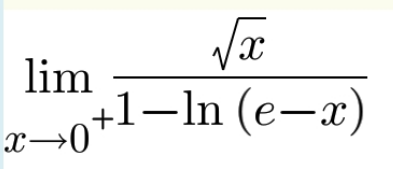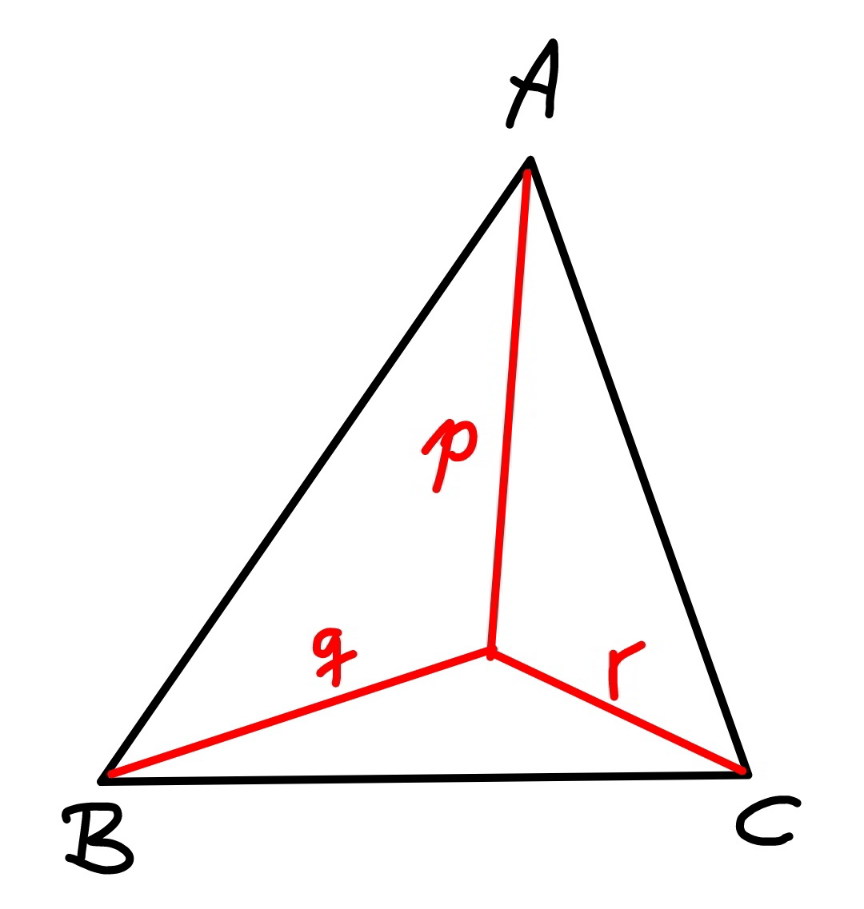
AllQuestion and Answers: Page 570
Question Number 162116 Answers: 2 Comments: 0
Question Number 162112 Answers: 1 Comments: 0
Question Number 162109 Answers: 1 Comments: 0

Question Number 162103 Answers: 1 Comments: 0
Question Number 162102 Answers: 0 Comments: 2
Question Number 162100 Answers: 1 Comments: 1

Question Number 162099 Answers: 0 Comments: 0
Question Number 162139 Answers: 2 Comments: 0

Question Number 162138 Answers: 1 Comments: 0

Question Number 162118 Answers: 0 Comments: 7
Question Number 162117 Answers: 2 Comments: 1

Question Number 162092 Answers: 0 Comments: 0

Question Number 162088 Answers: 2 Comments: 0
$${x}^{\mathrm{2}} =\mathrm{2}^{{x}} \\ $$$${solve}\:\:\:{for}\:\:\:\:{x}=? \\ $$
Question Number 162083 Answers: 0 Comments: 0

Question Number 162081 Answers: 2 Comments: 0
Question Number 162165 Answers: 2 Comments: 1
Question Number 162074 Answers: 1 Comments: 0
Question Number 162071 Answers: 1 Comments: 9

Question Number 162068 Answers: 1 Comments: 0

Question Number 162066 Answers: 0 Comments: 0
Question Number 162062 Answers: 1 Comments: 0
Question Number 162055 Answers: 1 Comments: 0
$$\int{e}^{\mathrm{2x}} \sqrt{\left(\mathrm{1}\:−{e}^{\mathrm{2}{x}} \right)}{dx} \\ $$
Question Number 162054 Answers: 1 Comments: 0

Question Number 162043 Answers: 1 Comments: 2
Question Number 162042 Answers: 0 Comments: 0
Question Number 162073 Answers: 3 Comments: 0
Pg 565 Pg 566 Pg 567 Pg 568 Pg 569 Pg 570 Pg 571 Pg 572 Pg 573 Pg 574
